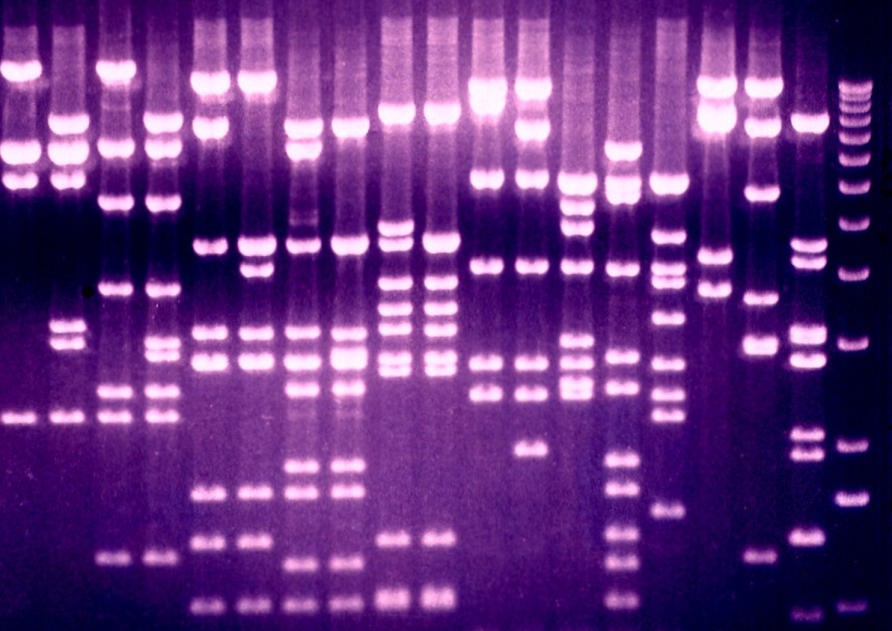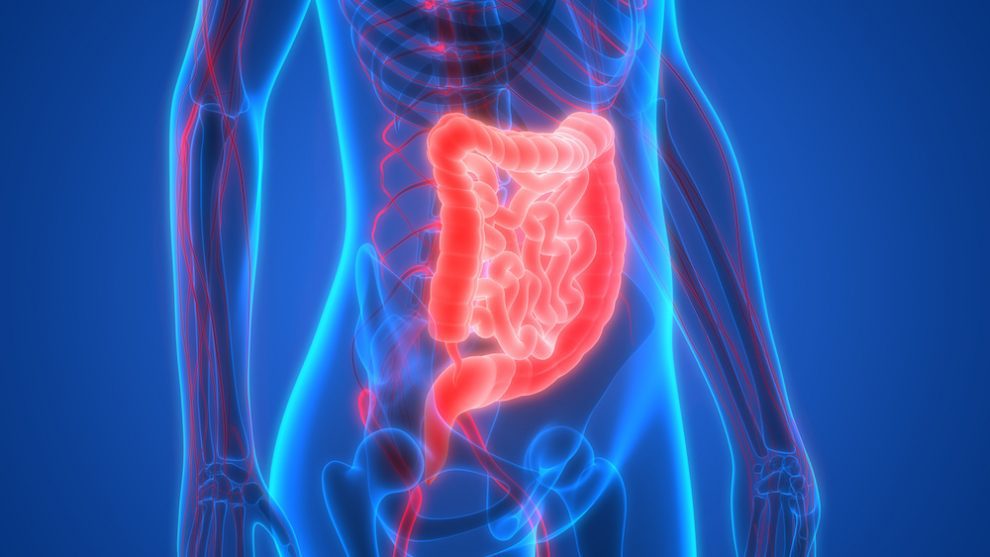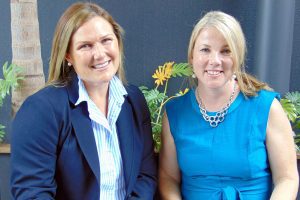The reliance on colonoscopies for gastrointestinal cancer diagnosis is unsustainable, and while exciting new and simpler techniques are coming, we need to better use our humble stool test, writes Professor Jon Emery and Dr Fiona Walter.
The way we diagnose gastrointestinal cancers is about to be revolutionised over the next 5-10 years for the humble stool test. New non-invasive techniques and technologies are coming, ranging from DNA testing to biosensing your breath – all of which could be done by a visit to your local doctor. But it is a revolution that can’t come soon enough.
READ RELATED ARTICLES
Breast cancer drug approved for Australia
In response to rising public awareness of the need to diagnose these cancers early, and an understandable ‘better safe than sorry’ approach among local doctors, modern health systems across the world are now referring millions of people for expensive colonoscopies, when in around 95 per cent of cases the patient won’t have cancer. It is a model that is fast becoming unsustainable.

In Australia the number of colonoscopies performed every year grew by over 20 per cent in just five years to 700,000 in 2012-13, and is forecast to reach 1.1 million by 2020-21. And many of these procedures are unnecessary.
Of Australians whose family history and age put them at only average risk of gastrointestinal cancer, some 18 per cent are being referred for colonoscopies even though they have no symptoms. At the same time, 7 per cent of people at increased risk of bowel cancer, that is those with a risk at least three times the average, aren’t getting colonoscopies at all.
More than a humble stool test – getting smarter with colonoscopies
In the UK the number of day-patient colonoscopies increased by 36 per cent in the five years to 2015. The number of urgent referrals for suspected lower gastrointestinal cancer increased by a massive 78 per cent over that time, but the proportion of those who were eventually diagnosed with cancer fell from 6.4 per cent to 4.1 per cent.
The overuse of colonoscopies isn’t just a problem of cost and waste of resources, it is also harmful. Based meta-analysis of published rates of complications in Australia (here and here), every one million colonoscopies for people without symptoms would result in 80 deaths, 1,400 bleeds and 680 bowel perforations to diagnose 2,910 cancers.
We need to be smarter at selecting the higher risk patients that need to be referred for a definitive diagnostic test. On average, the life-time risk of colorectal cancer is around 5 per cent, but the risk for many people will be substantially below that. For example, the 25 per cent of the population most at risk are 20 times more likely to have cancer than the 25 per cent who are among the lowest risk.
The best approach here is to boost the diagnostic capacity of general practitioners so they can make better use of existing effective non-invasive tests. The most obvious of these are stool tests to screen out people who aren’t at increased risk of bowel cancer.

Australia’s National Bowel Cancer Screening Program, in which people aged over 50 are regularly sent testing kits for submitting a stool sample, is a highly cost-effective form of screening, but it is hampered by a low uptake. Of the 2.6 million people sent kits in 2014-15, only 39 per cent participated. If the response rate could be increased to 50 per cent, the savings on colorectal cancer control would amount to $2 billion by 2030.
Involving primary care
One key reason the response rate is so low is a simple one – squeamishness – but it isn’t helped by the program largely bypassing primary care. A visit to the local doctor should be an ideal opportunity to discuss routine screening. And the benefits are huge. A bowel test and early diagnosis can reduce your risk of death from bowel cancer by 15 per cent or more.
Beyond the short term, the way we screen and test for cancers like gastrointestinal cancer is set to change dramatically. These new techniques include screening for people when there are no symptoms and tests for those with symptoms.

BIOMARKERS
Ongoing research into identifying biomarkers for cancer, like individual proteins or cancer DNA, could allow us to diagnose cancer much earlier. Many biomarkers for different types of gastrointestinal cancer are in development. First, we need to know how accurately they diagnose cancer, either in people before they develop symptoms or with symptoms that might be due to cancer. Once we are sure these tests are accurate they could be used through stool or blood sampling, all of which could be administered through primary care.
GENOMIC PROFILING
Genetic testing can identify so-called single nucleotide polymorphisms (Snp) – tiny variations in individual DNA – that can be used to assess a person’s risk of different cancers. Researchers at the Victorian Comprehensive Cancer Centre and the University of Melbourne have identified 45 such Snps to create a risk profile for colorectal cancer which could be used in primary care to decide who is most likely to benefit from having a colonoscopy.
BIOSENSING
Biosensing, which can identify chemical patterns that may indicate cancer using a handheld device, is emerging as a breakthrough technology to facilitate diagnosis. Although it is yet to be clinically proven, it is probably a question of ‘when’ not ‘if’ they become a reality. They work by converting the input – such as chemical samples from your urine, stool, or even your breath – into an electrical signal on a device. These devices could even be used by patients to prompt them to visit their doctor for additional tests or by GPs to determine which patients can be reassured and which may require further diagnostic tests.
OTHER DEVICES
Researchers at the University of Cambridge have developed a new sponge device, Cytosponge™, that can readily collect a copious cell sample, which when coupled with a biomarker can detect the pre-cancerous condition Barrett’s oesophagus. The patient simply swallows a small capsule covered sponge attached to a thread. Once the outer capsule dissolves, the sponge can soak up a sample and is then retrieved. Cells retrieved on the sponge can then be examined using a simple laboratory assay.
Inexpensive hand-held ultrasound machines are already being marketed to primary healthcare providers. With automated analysis they could help GPs assess patients with symptoms such as abdominal pain.
COMPUTER MODELLING OF RISK
There are already computer programs that can assess a patient’s risk factors and generate a recommendation to the local doctor about further tests for cancer. Risk factors can include information on a patient’s age, gender, body mass index, symptoms and blood test results. Tools like this have been widely distributed in the UK and are being assessed as part of an initiative funded by Cancer Research UK to see if they help GPs diagnose upper gastrointestinal cancer earlier.
A study in the Netherlands in which computer modelling assessed nine clinical features – age, pain, rectal blood loss, mucus, weight loss, change in bowel habit, bloating, constipation, and abnormal rectal examination, was accurate at predicting serious bowel disease. When combined with subsequent point of care tests like stool tests, this mode of care could safely reduce colonoscopies by 30 per cent without missing important diagnoses such as bowel cancer or ulcerative colitis.
PERSONAL APPS
Increasingly patients are able to track their own symptoms using phone applications of which ADA is one example. Such symptom checker apps can make patients more active participants in their own diagnosis and can provide detailed information that can be uploaded into computer-decision tools.
While there is much promise, there’s still a need for good evidence to support using these tests. The CanTest collaborative is an international research program funded by Cancer Research UK to study new cancer tests that can be used in primary care, aiming to transform the way cancer is diagnosed in the future.
It may not be that long before your GP starts ordering a DNA or breath test to help detect cancer early.
This article is partly based on an opinion piece ‘Reimagining the diagnostic pathway for gastrointestinal cancer’, recently published in Nature Reviews: Gastroenterology & Hepatology and written with colleagues Professor Greg Rubin from the Institute of Health and Society at Newcastle University, Newcastle upon Tyne, and Professor Niek de Wit from the Julius Center for Health Sciences and Primary Care, University Medical Centre Utrecht.
“This article was first published on Pursuit. Read the original article.”





















Add Comment